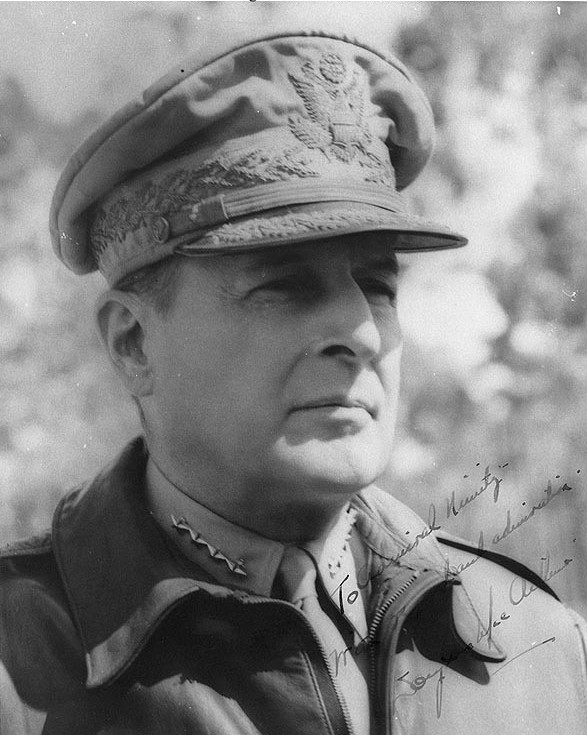Memorial Frans Rottiers Lede
On May 26, 2023, a memorial plaque for Frans Rottiers, the first Belgian 'blue helmet' who died in the Korean War, was unveiled at the cemetery in Lede.
The Korean Peninsula was in Japanese hands in the first half of the twentieth century. At the end of World War II, the Americans and the Soviet Union had divided the country into two parts, north and south of the 38th parallel.
On June 25, 1950, the North invaded the South, with the support of the Chinese communists. The weak South Korean army was quickly pushed back.
The United Nations pledged support to South Korea in a resolution and the United States led a military coalition. The commander became the legendary Admiral Douglas MacArthur, who had brought Japan to its knees five years earlier.
Belgium joined in, albeit reluctantly. Our country experienced turbulent times in the summer of 1950 because of the royal issue. Simply involving the regular Belgian army in a foreign war was constitutionally difficult. So a so-called volunteer corps was created.
Several professional soldiers smelled an opportunity to boost their careers, others were lured by the distant adventure, a few were driven by anti-communist idealism. Between 1950 and 1955, more than 3,000 compatriots completed a one-year tour of duty, including a stay at the front.
Partly due to the conflictual situation at home, Frans Rottiers was one of the soldiers who welcomed the call from the Belgian government to voluntarily serve in a corps for Korea.
He passed the selection tests and in mid-December 1950 he and several hundred colleagues from the first Belgian-Luxembourgish volunteer battalion embarked on the old banana boat Kamina for a six-week journey.
At the end of January 1951, the boat docked in the South Korean port city of Pusan.
On March 23, 1951, the Belgian battalion became involved in fighting for the first time on the Han River, near the capital Seoul. Late that evening, Frans was on lookout in a fusilier pit on top of Hill 155. The Chinese attacked and there was fierce shooting back and forth. However, it was a bayonet thrust that fatally wounded Frans.
The injured Rottiers did not die immediately. It was difficult to evacuate him at night and he slowly slipped away.
He was initially buried at the Pusan UN Cemetery. At the end of 1951, the government decided to have the then 28 Belgian dead exhumed and repatriated.
In January 1952 he was buried with military honors in his native village of Lede.
His grave has now disappeared, the memorial plaque is intended as reparation.
Do you have more information about this location? Inform us!
Source
- Text: TracesOfWar
- Photos: Marie-Christine Vinck
Related books
Nearby
Point of interest
- Memorial Route 100 years Great War - Information Board 21 - Berlare
- Memorial Route 100 years Great War - Information Board 22 - Berlare
- Memorial Route 100 years Great War - Information Board 23 - Berlare
Monument
Cemetery
- Belgian War Graves Lede - Lede
- Belgian Graves Veterans Lede - Lede
- Belgian War Grave Impe - Impe (Lede)
Remembrance Stone
- Stumbling Stone Wanzelesteenweg 13 - Wichelen
- Stumbling Stone Wanzelestraat 20 - Wichelen
- Stumbling Stone Boterhoek 17 - Wichelen









